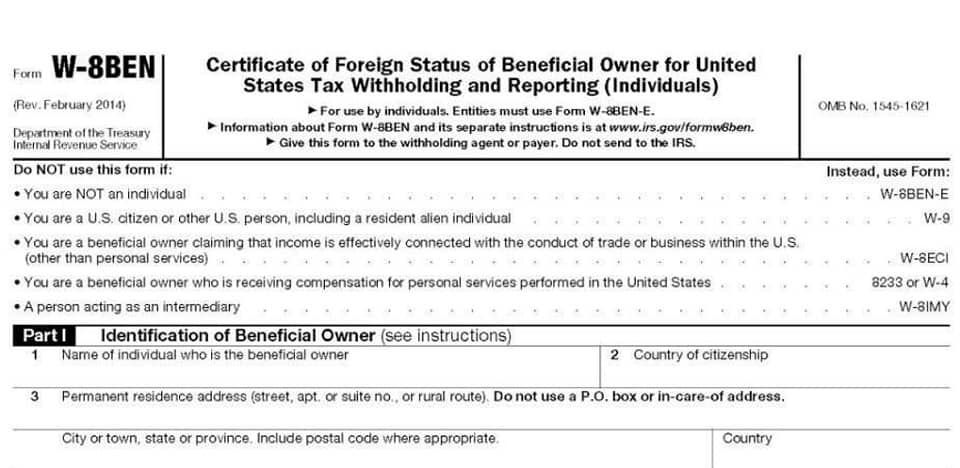Net Working Capital: Understanding its Calculation and Importance in Business
Net Working Capital: Understanding its Calculation and Importance in Business

The following is a sample calculation for a seasonal business with a busy period from May to August. Amounts are in millions, and the final column shows the last twelve months’ (LTM) average. Now that we’ve discussed the meaning behind negative working capital, we can complete a practice modeling exercise in Excel. As mentioned earlier, extending payables can make suppliers/vendors act similar to providers of debt capital, just without carrying interest expense as with lenders.
Cash Flow Impact of Negative NWC
- Inventory is another asset that may not be as liquid as you’d like, and may not be the best source of cash should you need to pay short-term debt off quickly.
- It’s important to strike a balance between extending payment terms and maintaining supplier goodwill.
- Also known as the Acid-Test ratio, Quick Ratio is a stricter measure of a company’s short-term liquidity compared to Current Ratio.
- This occurs because a rise in working capital represents a larger investment in current assets like inventory or accounts receivable.
- Companies in this position may struggle to meet short-term obligations, relying on costly options like short-term loans or lines of credit.
- Companies with a proactive approach to managing their working capital ensure optimal use of their resources.
This demonstrates the potential for process improvements to improve change in net working capital free cash flow. Analyzing these diverse examples reveals the crucial nwc cash flow role that effective working capital management plays in shaping a company’s financial health and its change in net working capital free cash flow. Net Working Capital, often referred to as NWC, is a fundamental financial metric that reflects the liquidity and operational efficiency of a business.
Managing Net Working Capital for Investment Decisions
- This indicates an improvement in its short-term liquidity position, suggesting that it has more resources to meet its short-term obligations.
- Reserves can either be general, where they apply to all accounts receivable, or specific, where they apply to a single account receivable, such as one that’s slow-paying or otherwise in trouble.
- A permanent increase in your working capital is like buying any other long-term asset like buildings and equipment.
- It is crucial to distinguish between net working capital and gross working capital.
- A well-managed change in net working capital free cash flow enhances a company’s overall financial performance and resilience.
- This can be done by managing inventories better, collecting receivables faster, and extending payables.
Since the growth in operating liabilities is outpacing the growth in operating assets, we’d reasonably expect the change in NWC to be positive. The net effect is that more customers have paid using credit as the form of payment, rather than cash, which reduces the liquidity (i.e. cash on hand) of the company. Each type of Net Working Capital plays a crucial role in managing liquidity, supporting operational stability, and providing flexibility to capitalize on growth opportunities or handle market uncertainties. A subset of temporary working capital, seasonal working capital is specifically needed during peak seasons when business activity increases. Companies in industries such as retail, agriculture, https://www.bookstime.com/ and tourism experience significant fluctuations in demand at certain times of the year.

Gearing Ratio
Calculating Net working Capital is a crucial aspect when it comes to estimating investments. It involves assessing the financial health and liquidity of a company by determining the difference between its current assets and current liabilities. By understanding the net working capital, investors and analysts can gain insights into a company’s ability to meet short-term obligations and fund its daily operations.

Case Studies: Real-World Examples of Working Capital Management

For example, a manufacturing company must always maintain a base level of raw materials and finished goods, ensuring uninterrupted production. Effective management of Net Working Capital is crucial for balancing liquidity with profitability. By optimizing inventory levels, accelerating receivables collection, and managing payables efficiently, companies can improve cash how is sales tax calculated flow, reduce financing costs, and strengthen overall financial stability. Understanding the intricate relationship between working capital and free cash flow is crucial for any business aiming for financial health. Increases in working capital, such as building inventory or extending credit, often reduce free cash flow as cash is tied up in assets.
- While the working capital formula simply subtracts current liabilities from current assets, the net working capital ratio divides current assets by current liabilities.
- Net Working Capital represents the difference between a company’s current assets and current liabilities.
- All else being equal, negative net working capital (NWC) leads to more free cash flow (FCF) and a higher intrinsic valuation.
- The less prevalent approach to calculating OCF is the direct method, which uses cash accounting to track the movement of cash during a specified period.
- Unlike operating current assets and current liabilities such as accounts receivable and accounts payable, cash and debt are non-operational – i.e. neither directly create revenue.
